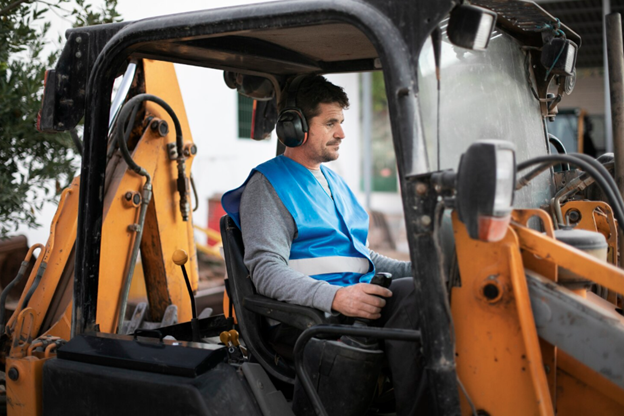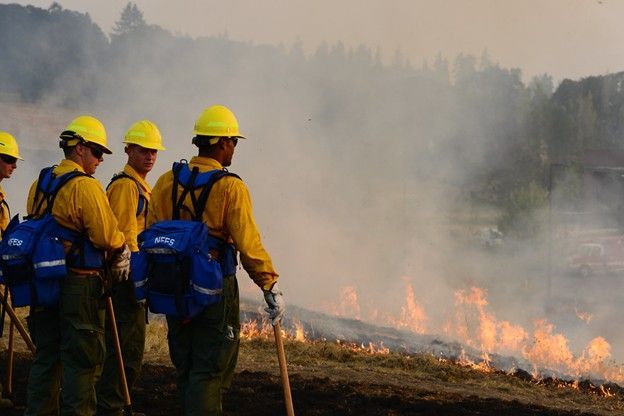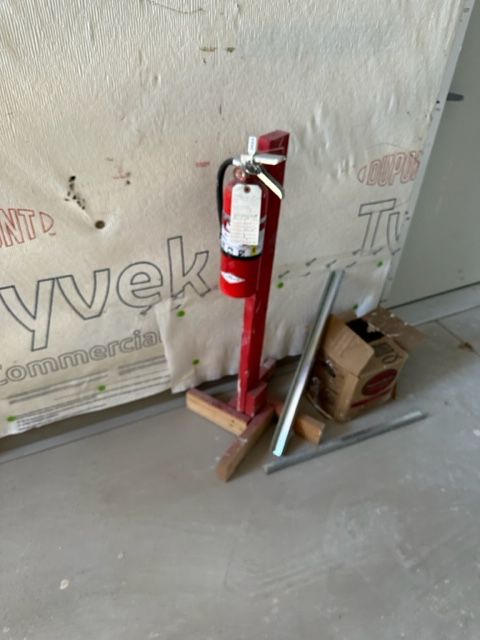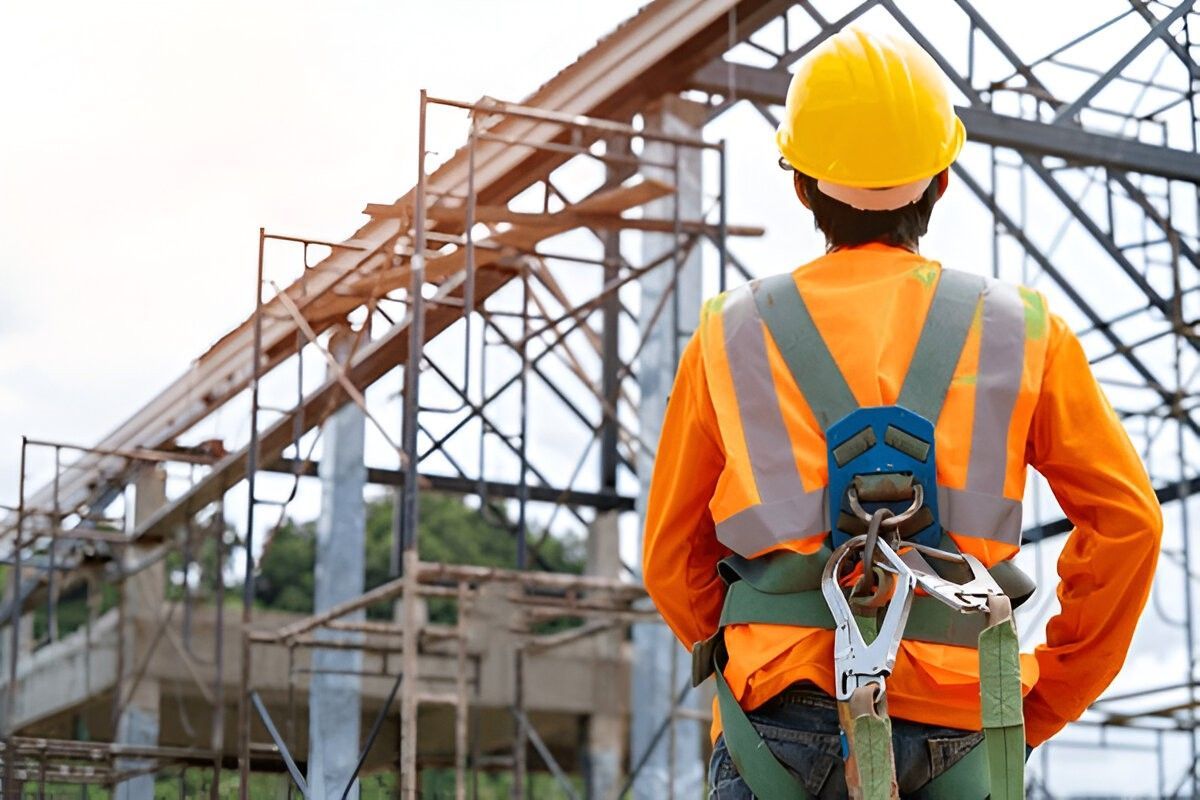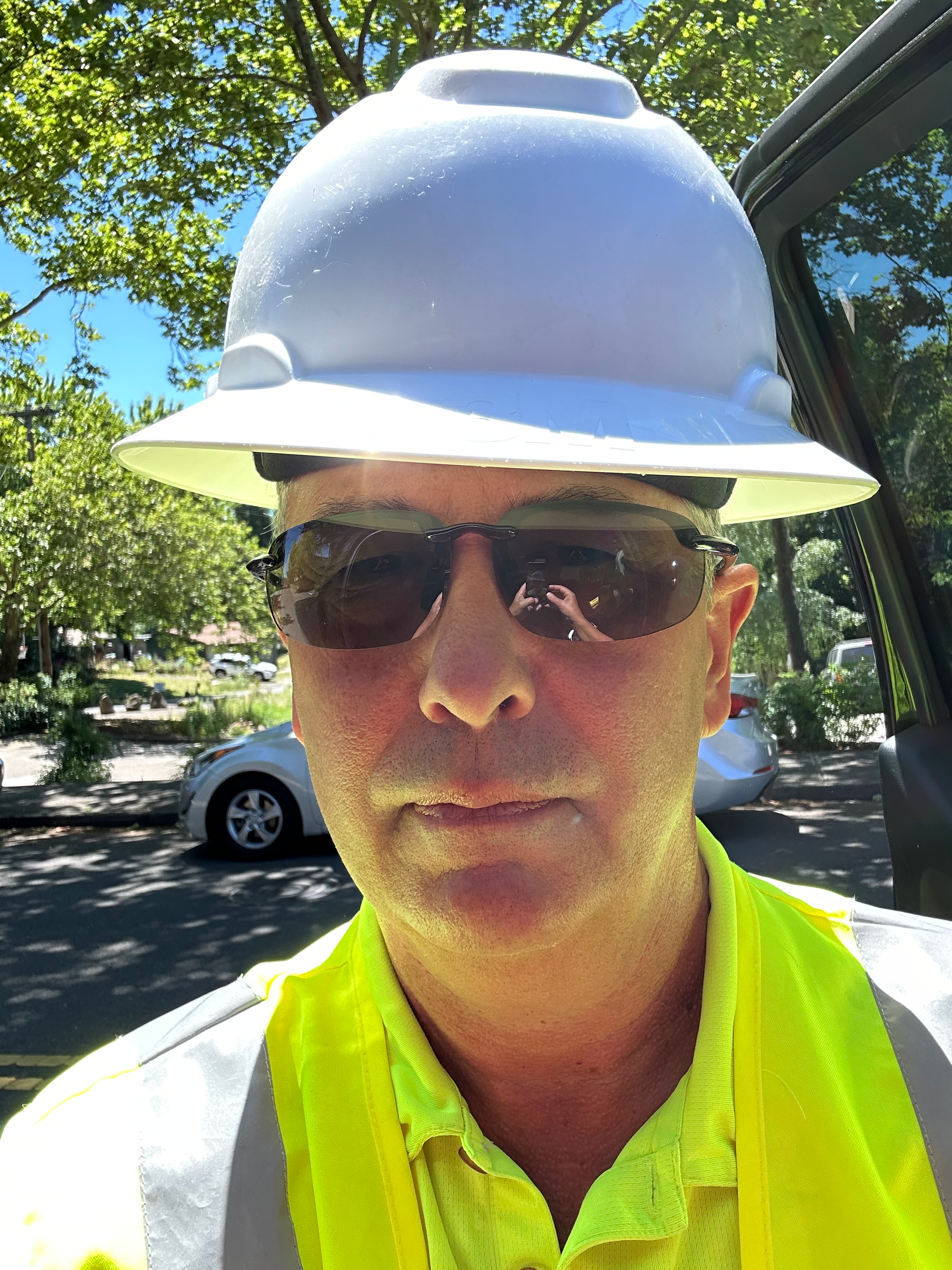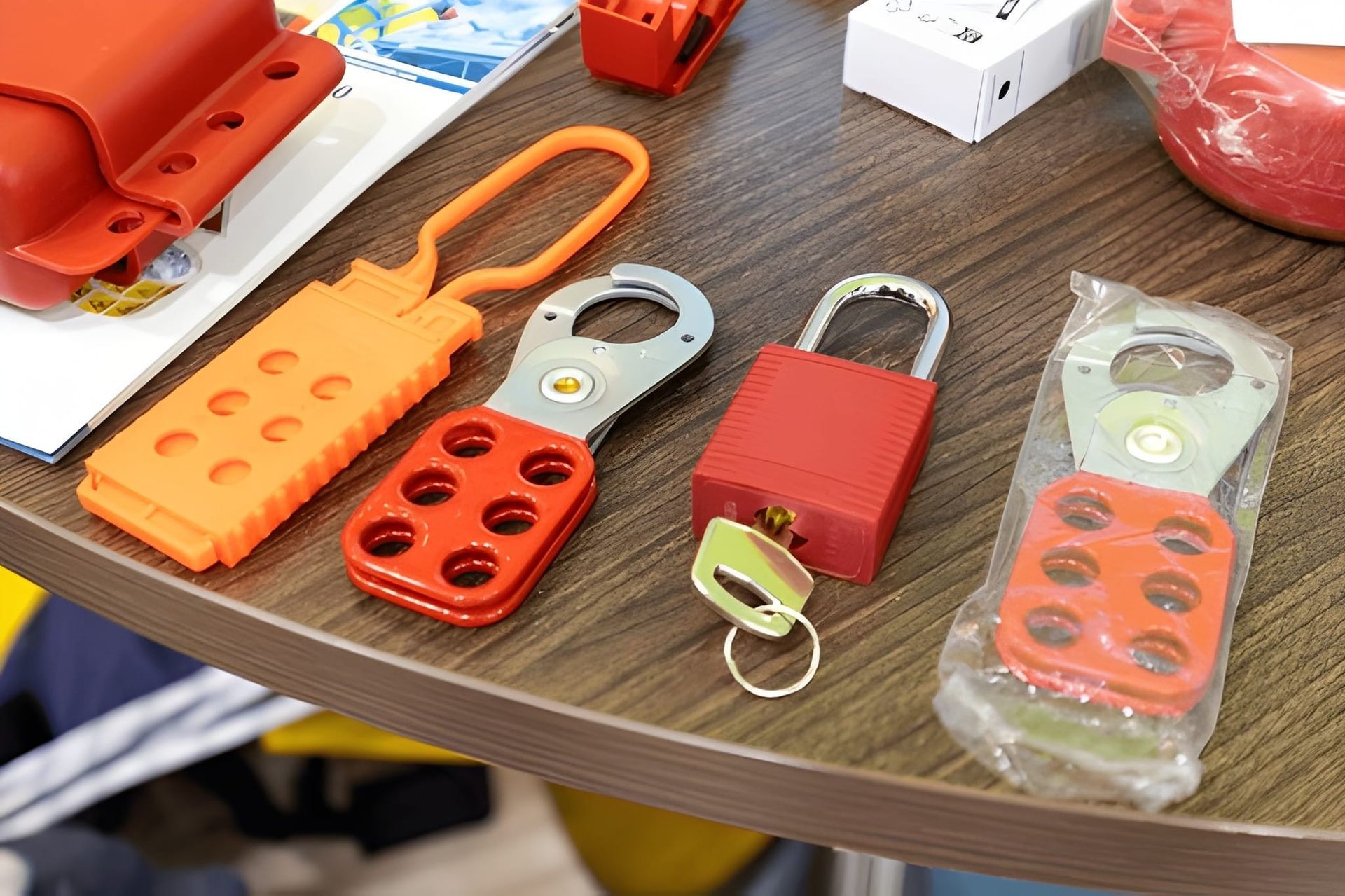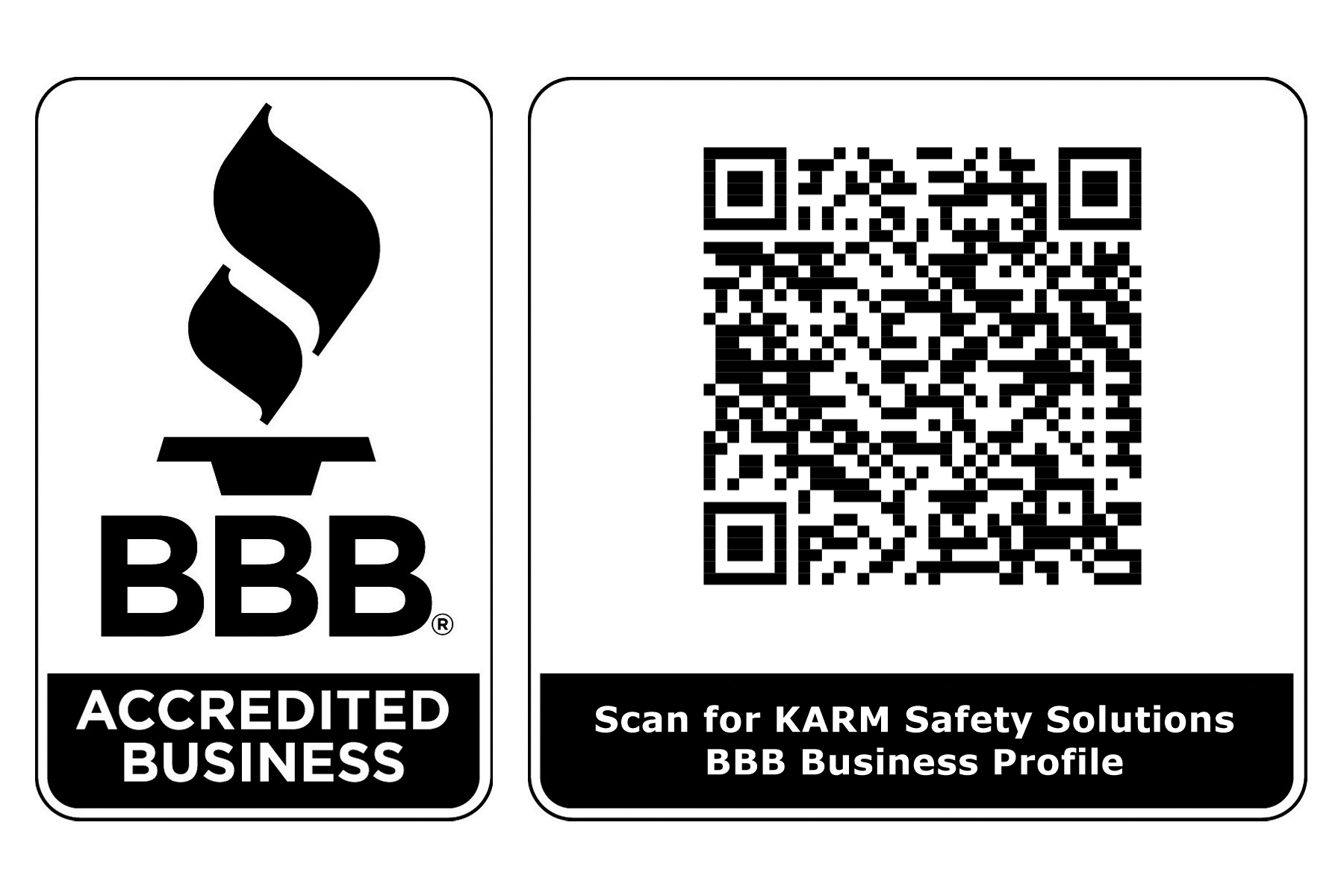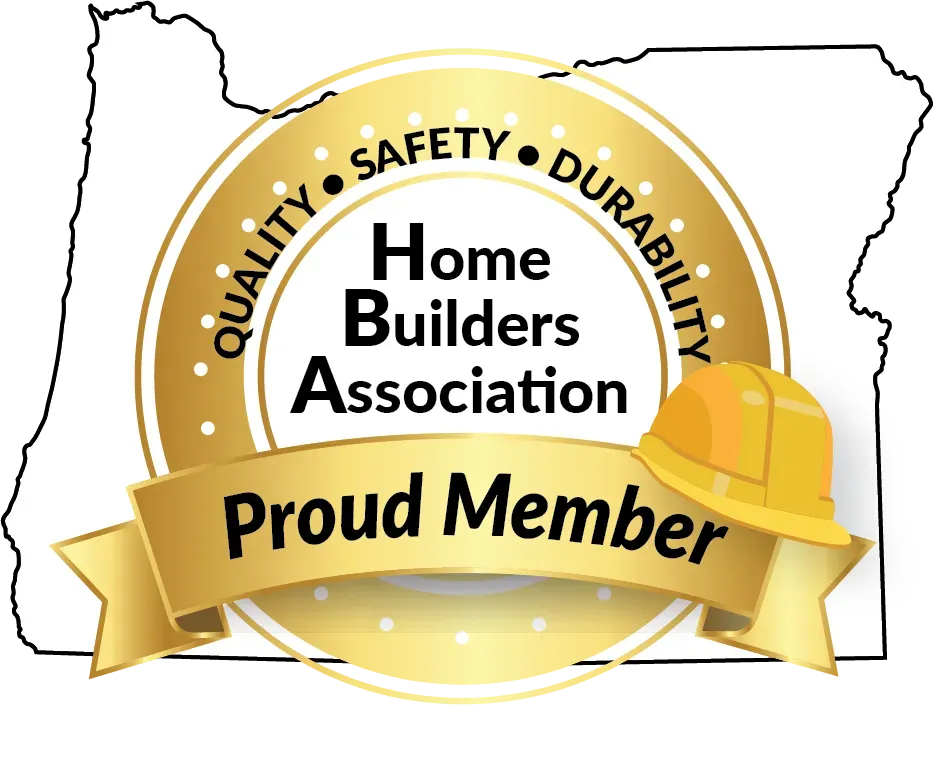Can OSHA Excavation Training Turn New Hires into Safety Experts?
Excavation work is one of the most dangerous tasks on construction sites. Without proper guidance, even skilled workers can make mistakes that cost time, money, and safety. OSHA excavation training gives new hires the knowledge to spot risks, make smart choices, and help keep the worksite safe from the start. By understanding the hazards before starting work, new employees can avoid accidents and improve overall productivity.
Learning the Basics of Excavation Safety
Safety begins with knowing the dangers. New employees need to spot hazards like unstable soil, hidden utilities, and tight spaces. Training teaches them how to use trench protective systems, proper sloping, and emergency steps. Learning safety early helps workers act carefully and prevent accidents.
For example, recognizing different soil types is a key skill taught in OSHA training. Workers learn how clay, sand, and silt behave differently under pressure, which helps them decide whether a trench needs shoring or sloping. By understanding these basic principles, new hires can make safer decisions and reduce the risk of cave-ins or collapses.
Practice Makes Safe Workers
Knowing rules is not enough. Hands-on exercises, like setting up shoring systems, checking trenches, and simulating collapses, help trainees practice safely. This kind of learning makes workers ready to handle real situations and make quick, safe decisions on the job.
Role-playing emergencies is another effective method. Workers practice what to do if a trench collapses or if someone is injured. These exercises give them confidence to act quickly, which can save lives. By reinforcing learning with practice, employees gain both skill and assurance in their ability to work safely.
The Importance of a Competent Person
Excavation sites always need someone in charge of safety. Excavation competent person training trains people to check conditions every day, spot risks, and follow OSHA rules. Competent people prevent accidents and guide the team to work safely. They make sure safety is part of every task.
A competent person also trains new hires on proper inspection techniques. This includes checking protective systems before work begins, confirming trench walls are stable, and monitoring equipment safety. Their role is crucial because a single oversight can lead to serious injuries. By assigning knowledgeable personnel to oversee safety, companies reduce the likelihood of accidents and build a culture of caution and care.
How Training Helps Everyone?
Trained employees do more than follow rules—they notice problems before they happen. Sites with trained workers have fewer injuries, less downtime, and better teamwork. Knowing trench safety and protective systems keeps projects running smoothly and crews confident.
Effective training also teaches communication. Workers learn to alert their supervisors if a trench shows signs of instability. Clear communication prevents accidents and ensures the crew operates efficiently. Over time, well-trained teams complete projects faster and with fewer interruptions caused by safety violations.
Leaders Who Know Safety
Supervisors with proper training guide their teams correctly. They learn to check the site, lead workers through safety steps, and keep records of inspections. This helps make safety a part of every job and builds trust among the crew.
Leadership in safety also involves mentoring. Experienced supervisors can show new hires how to apply rules in real situations, offering advice based on past incidents. By combining knowledge with practical examples, supervisors reinforce the importance of safe practices and make sure safety standards are consistently followed.
Keep Learning to Stay Safe
Safety is not just one lesson. Refresher courses and new certifications keep workers up-to-date with OSHA rules. Continuous learning strengthens skills, keeps workers alert, and builds confidence. Companies that offer ongoing training show they care about safety and the growth of their workers.
Regular reviews of safety protocols help workers stay sharp. For instance, soil classification standards or protective system methods may be updated, and refresher courses ensure employees apply the latest best practices. Staying current also reinforces a safety-first mindset, which is critical for avoiding preventable accidents.
Turning New Hires into Safety Experts
With proper training, a beginner can become a trusted safety helper. OSHA programs teach workers to check risks, use protective systems, and respond safely in emergencies. Over time, they develop instincts that help them act fast and correctly, turning knowledge into real-life safety skills.
New hires who complete training can also share knowledge with their peers. This peer-to-peer learning strengthens the team’s overall competence. When every member understands the risks and proper procedures, the entire crew operates more safely and efficiently.
In Closing:
At KARM Safety Solutions, we focus on training that works. Our programs, including the excavator operator training course, combine lessons in the classroom with real-life site exercises. This helps workers gain the skills and confidence they need to work safely. Every session is designed to make sure trainees are ready for real job conditions. Our instructors bring years of field experience, making the training realistic and practical. We provide feedback on mistakes during exercises so workers learn to correct errors immediately. This method ensures that knowledge is retained and applied consistently on the job.
Help your team stay safe and handle excavation work confidently. Choose KARM Safety Solutions to train your workers and build a stronger, safer crew.
FAQs:
1. What is OSHA excavation training?
It is a safety program that teaches workers to recognize hazards and follow excavation safety rules.
2. Why is hands-on training important for new hires?
Practical exercises help workers apply safety rules, build confidence, and prevent jobsite accidents.
3. Who is considered an excavation competent person?
A trained individual who inspects trenches, identifies hazards, and ensures OSHA safety standards are followed.
4. How does training improve site productivity?
Trained workers anticipate risks, reduce downtime, and maintain smooth workflow through safe practices.
5. What makes KARM Safety Solutions’ training effective?
They combine classroom lessons with real-life exercises, preparing workers to handle actual excavation challenges safely.
